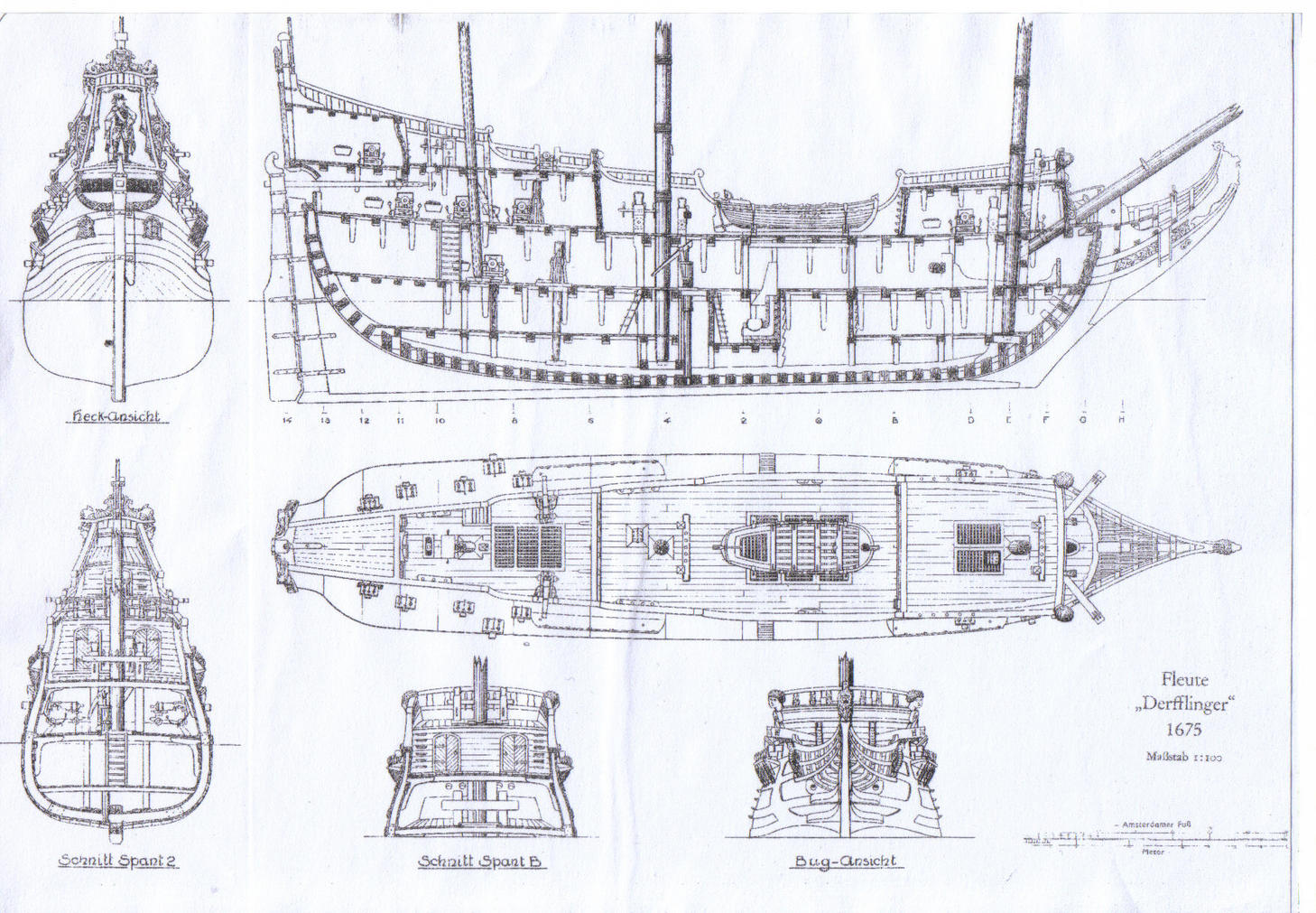

The galleons were formidable ships, sometimes reaching over 1,500 tones of cargo capacity. Actually, as those figures show, the alleged domination of the oceans by the omnipotent British Royal Navy remained nothing more than a well publicized myth until the XIX century. This is a very meager rate of capture by any measure. The first was the “Santa Ana” in 1587 and the last was the “Santísima Trinidad” in 1762. Second, despite frequent wreckages provoked by rough seas and unchartered coasts, it was quite secure by the standards of the times.Ĭontrary to the alleged success of the English and Dutch sea-dogs in plundering the Spanish fleets, the historic truth is that throughout the 250 years of its existence, only four Manila Galleons were captured by the enemy. This resilience was due to two basic facts.įirst, it was profitable for all sides involved. Finally, the galleons would return across the Pacific following Urdaneta’s route.Īpart from constituting the longest maritime trading enterprise known in pre-industrial times, the Manila Galleon was also the most long living: it operated for more than two and a half centuries, from 1565 to 1815. This was accomplished via Mexico City, and through to Manila, where the exchange of silver for silk, porcelain and other oriental (mainly Chinese) luxuries took place. Shortly after the discovery of the tornaviaje, Phillip II gave instructions to establish a permanent bi-oceanic route between Seville and the Philippines via New Spain. More of a mystic than a man of the world, he had opened the first systematic transoceanic route in human history. Four months later he had completed the first tornaviaje or round trip between the Philippines and America. He then proceeded east towards California and Acapulco. Instead of sailing across the trodden path, he decided to head north towards Japan in order to link up with the Kuro-Shivo current. Starting his trip in 1565 from the Philippines, Urdaneta defied conventional wisdom from the beginning. Only under the stubborn insistence of King Phillip II, who desired a seaway between New Spain and Asia that would elude the Portuguese, did Urdaneta reluctantly abandon the monastery to take to the seas for the last time. A cosmographer and navigator with unparalleled experience on the Pacific routes, he had given up mundane glory to become a reclusive monk in Mexico. Nevertheless, in the hidden history of globalization, he is one of its most prominent heroes. The engagement became known as "Wager's Action.Since Elcano completed the first circumnavigation of the globe - initiated by Magellan in 1519 - an insoluble problem had confronted the Spanish crown.Įven though the Pacific Ocean was navigable towards the west, there was no apparent way back towards the east.įor three decades, the Spanish Monarchy launched expedition after expedition to find a practical way to get from America to the Philippines and back to no avail… until a remarkable character entered the story.Īndrés de Urdaneta is not a celebrated figure.

In the ensuing battle, San Jose blew up and the other galleons were also captured or sunk. Soon after leaving port in South America, it ran into a squadron of British warships.

The treasure was being shipped to Spain to help finance the war of the Spanish succession. This Spanish ship was laden with gold, silver, and precious gems collected from Spain's South American colonies. One of the most famous recent treasure ship discoveries is with the San Jose - a Spanish galleon sent to the bottom by the British 300 years ago. The Story of The Ill-Fated Treasure Ship San Jose


 0 kommentar(er)
0 kommentar(er)
